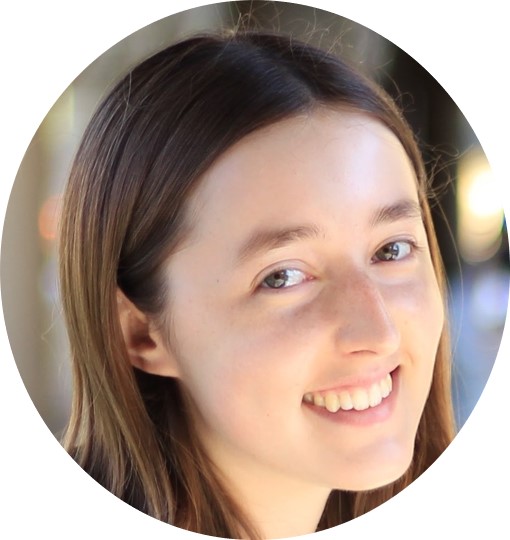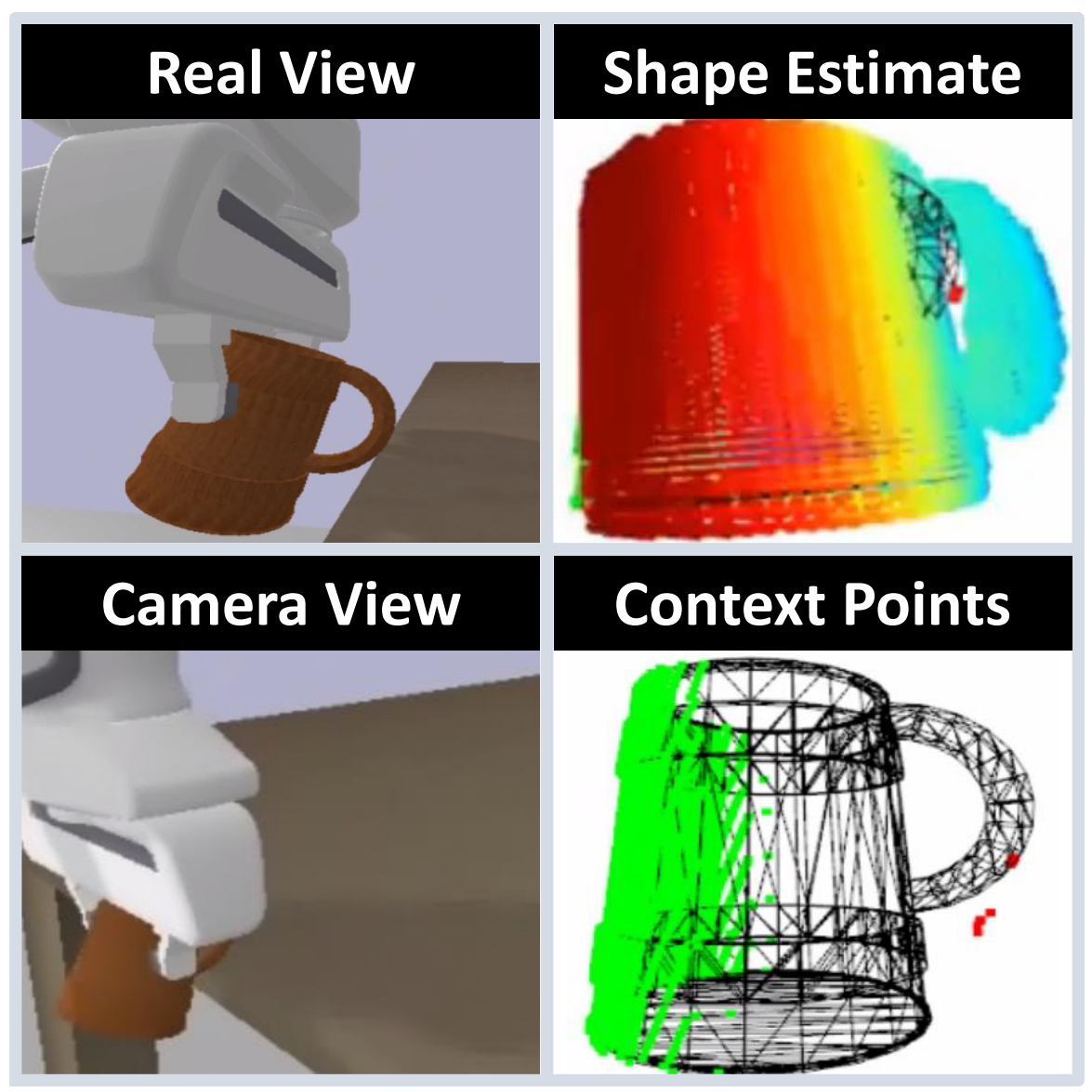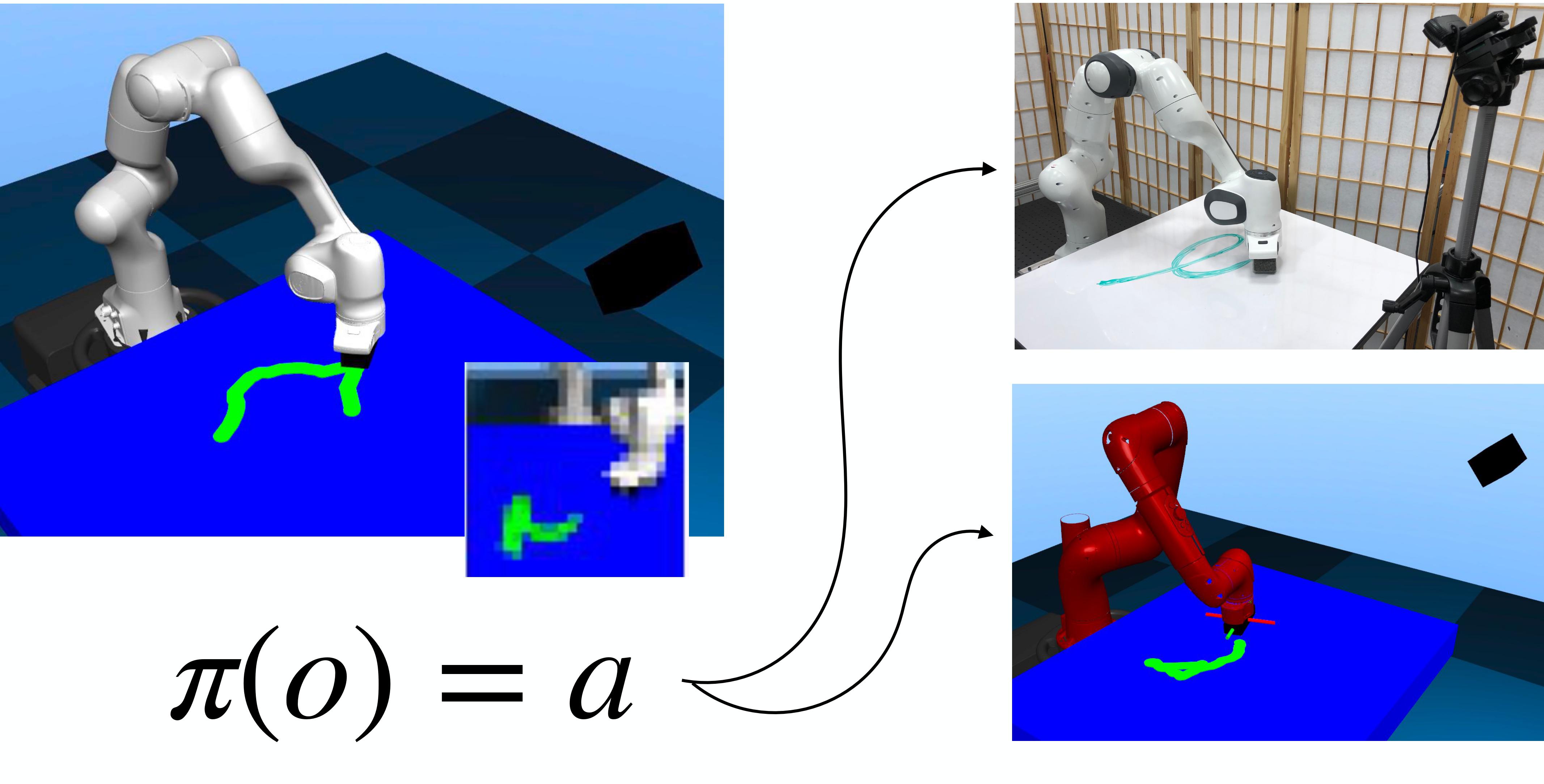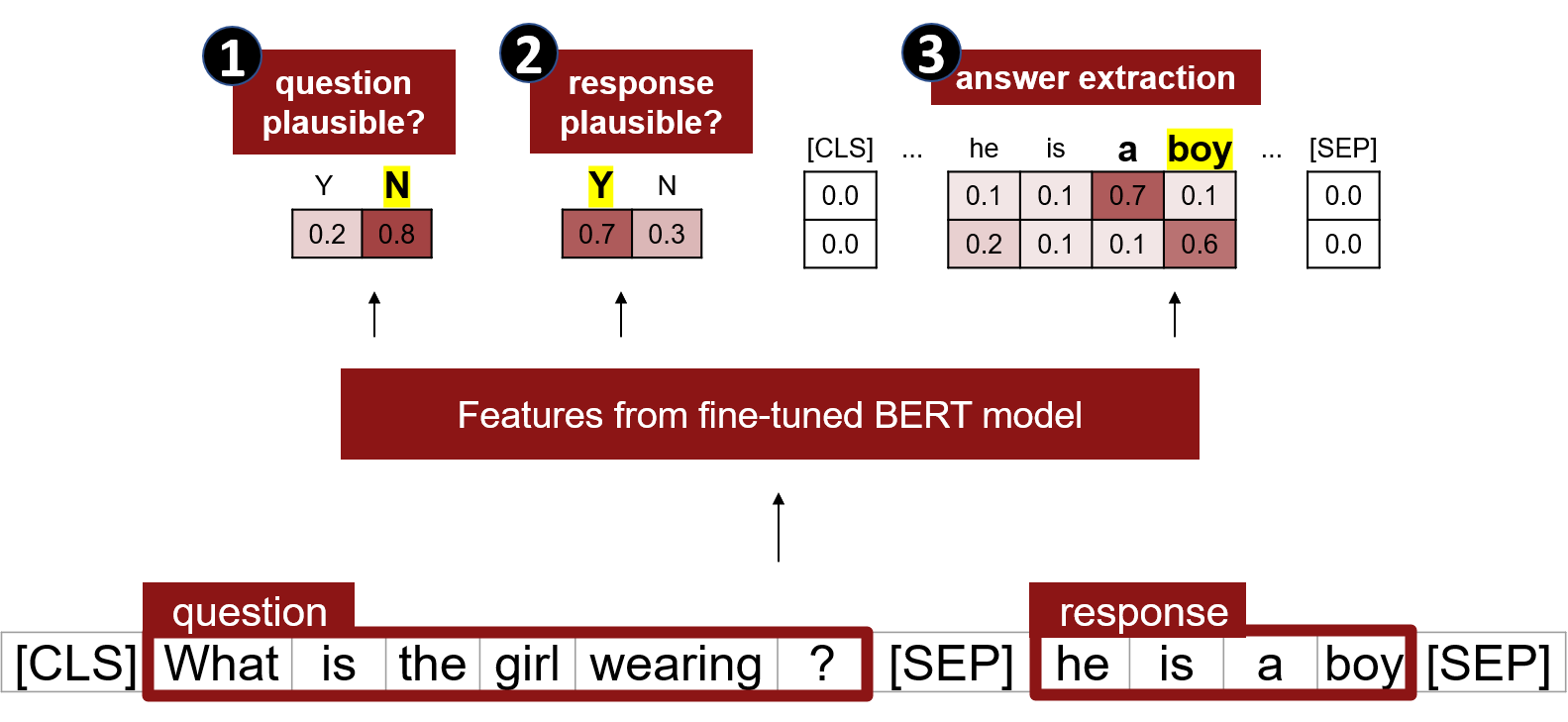|
I am a master's student at Stanford University, where I work on robotics and computer vision. I am advised by Jeannette Bohg and Silvio Savarese. I'm interested in how to give robots the commonsense perceptual reasoning humans use so naturally, especially as it relates to combining vision and touch. |

|
|
I'm interested in robotics, especially multimodal perception. However, I bring a diverse background, having also worked on natural language processing, medical imaging, and audio processing. |

|
Rachel Gardner, Roberto Martin-Martin, Michelle Lee, Silvio Savarese, Jeannette Bohg, in progress Many tasks require geometric reasoning best done with a 3D model of the object to be manipulated, which can be estimated during the execution of a task using vision and touch. |

|
Roberto Martin-Martin, Michelle Lee, Rachel Gardner, Silvio Savarese, Jeannette Bohg, Animesh Garg IROS, 2019 project page / arXiv / code / video When doing reinforcement learning, using actions in end-effector space and allowing the agent to control its own impedance parameters results in better generalizability across robots and better sample efficiency. |

|
Rachel Gardner, Maya Varma, Clare Zhu, Ranjay Krishna EMNLP Workshop on Noisy User-Generated Text, 2020 arXiv / code Given (possibly bot-generated) questions and natural language user responses, we can estimate the plausibility of the question and answer pair in order to filter the data to create large-scale datasets and enable the creation of active learning agents. |

|
Maya Varma, Mandy Lu*, Rachel Gardner*, Jared Dunnmon, Nishith Khandwala, Pranav Rajpurkar, Jin Long, Christopher Beaulieu, Katie Shpanskaya, Fei-Fei Li, Matthew P. Lungren*, Bhavik N. Patel* Nature Machine Intelligence, 2019 Nature / code / data A single CNN model can be achieve high accuracy for abnormality classification in radiographs even across body parts. |
|
|
Website format from Jon Barron.